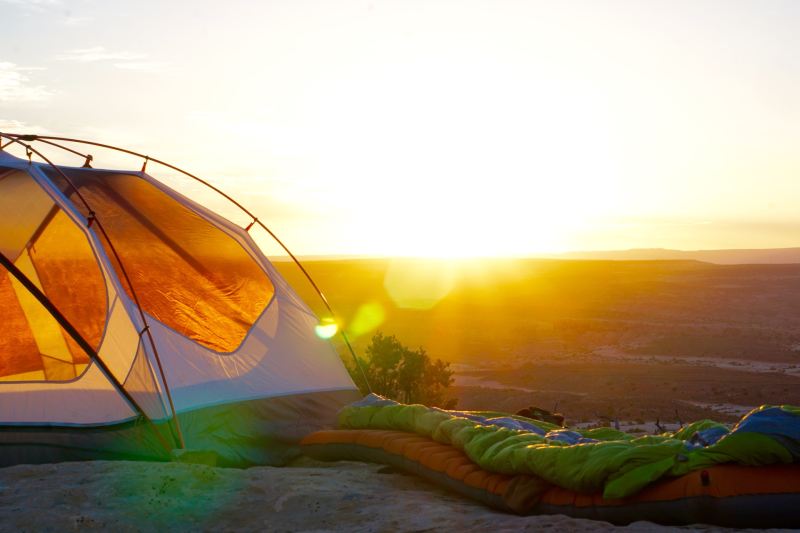
Unless you’re glamping (i.e. luxury camping) or car camping with air conditioning and an air mattress, tent sleeping in the woods is rarely as comfortable as drifting off in the comfort of your own bed at home. But, with proper planning, it can be pretty darned close. It just requires preparation, the right outdoor sleeping gear, and a dash of compromise. Here are our top tips to more comfortably sleep in tents.
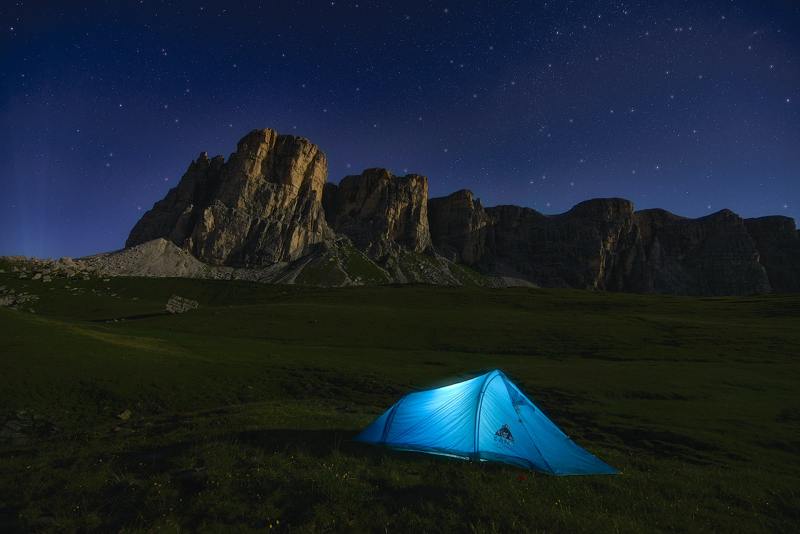
Start with the right tent
Sleeping comfortably in a tent while camping starts with picking the right tent to begin with. You want one that’s easy to pitch (so you’re not struggling to get it up after dark right before bedtime), well-made (to protect you from bugs and rain), and roomy enough for you, your tentmates, if any, and a bit of gear too. This last bit is especially important. Most tents billed as “one person” or “two person” are exactly big enough for one or two campers, respectively, sleeping side by side on compact sleeping pads. There is often very little extra room for gear. That’s why I personally recommend sizing up. If you like to camp solo, consider buying a two-person tent just for a little extra breathing room and to stash your gear in the event of inclimate weather.
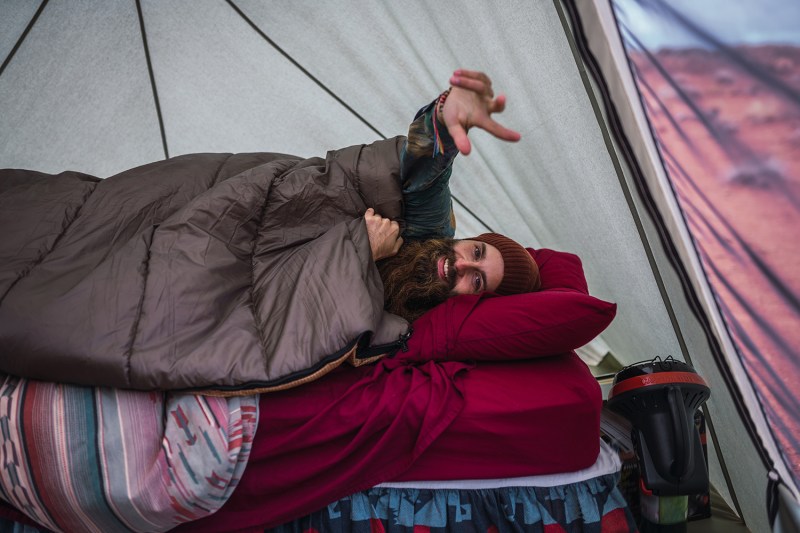
Pack the right sleep surface
There is no perfect tent bed for camping; it’s all about what’s right for you. Some campers prefer the luxury of a legit camping air mattress, while others are fine with a sleeping bag atop a sleeping pad. For die-hard nature lovers, only their favorite camping hammock will do. If you’re car camping or glamping where gear weight isn’t an issue, even an army-style camping cot is a great option.
The key is to try out different methods in your backyard well before your first camp trip. You don’t want to hike 10 miles into the backcountry only to realize the sleeping gear you packed isn’t going to work.

Pack the right sleeping bag, too
It pays to match the temperature rating of your sleeping bag to the climate in which you’re planning to camp. Depending on your location, a 30-degree F sleeping bag might be plenty for spring and fall camping. If you’re camping in the fall, you’ll want plenty of layers and three-season gear. Overnighting in winter might require something more substantial, like 15 degrees or even warmer. Choosing the right temperature rating will ensure you’re neither too hot nor too cold.
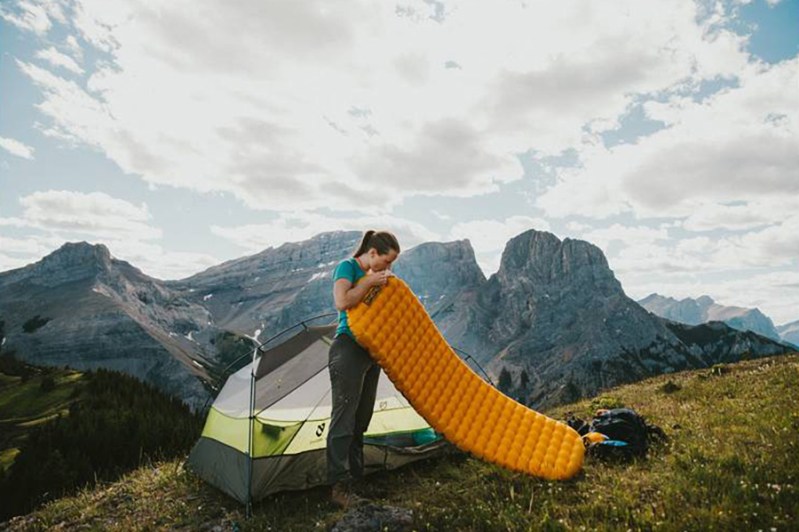
Don’t forget your bedding ‘accessories’
Some campers take a weird pride in trying to rough it as much as possible. But remember, there are no bonus points for packing the fewest creature comforts. Pack whatever you need to sleep comfortably in your tent. Beyond just a sleeping bag, we also highly recommend a good camp pillow ( Klymit's Drift Pillow is our new go-to favorite) and a sleeping mat like the Nemo Tensor . An inflatable mat or camp pad is not only much comfier to crash on, but it also helps insulate you from the ground.

Be bear-aware and bear-prepared
Bears are incredible hunters and foragers who can sniff out everything from tuna cans to Altoids tins to empty toothpaste tubes. When camping in bear country, we can’t stress enough how critical it is to store all food, toiletries, and any clothing with a food odor well away from your tent. Exact rules vary from park to park. But, in areas with known bear activity, be sure to pack a bear canister or know how to hang a bear bag. Properly sorting out your “bear attractants” will help you give peace of mind and a better night’s sleep in your tent.
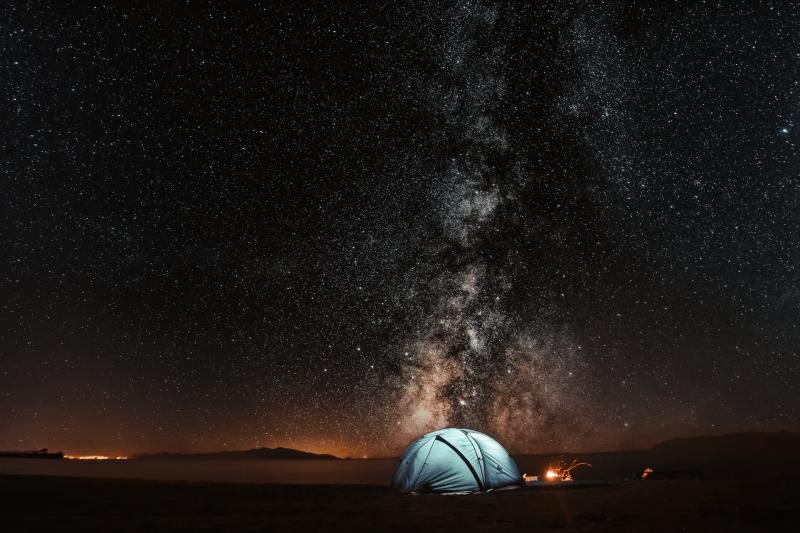
Find the right tent site
The ideal tent site is level, flat, and clear of debris. A level site ensures that your feet aren’t higher than your head or vice versa while trying to sleep. Even at a minimal angle that’s only off by a couple of degrees, trying to sleep on tilted ground can be surprisingly uncomfortable. Before pitching your tent, use a trekking pole or found branch to “sweep” your site flat and clear of loose sticks, small rocks, pinecones, and the like. You don’t want to snuggle up in your sleeping bag after dark to discover random bits of nature poking you in the back after you’ve already pitched your tent.

Perfect your tent pitch
When pitching your tent, take advantage of all of its features. If it includes a rainfly, for example, be sure to use it if you’re camping when there’s any chance of rain. But know that not using it can make for a quiet, breezy night under the stars. Most tents offer built-in vents as well. No matter what time of year you’re camping — even in winter — crack a vent or two for adequate airflow throughout the night. This will not only maintain a more comfortable sleeping environment in your tent but also minimize condensation.

Wear dry, comfortable clothing to bed
With an appropriately rated sleeping bag, you should be able to overnight in clothes or pajamas similar to what you’d sleep in at home. Above all else, ensure they’re dry. That’s a great reason to pack a change of sleeping clothes in a sealed Ziploc or waterproof dry bag. That way, no matter how wet or trashed your backpack and gear get on that day’s hike, your sleeping clothes will be dry and ready to don. Be sure not to overdress to avoid sweating. Ideally, you should feel a little cool when first slipping into your sleeping bag. If you just can’t seem to warm up after 20 minutes or so, it’s easy to add another layer.

Fashion a hot water bottle
If you “sleep cold” or are camping in winter, pour hot (but not boiling) water into a water bottle and place it in your sleeping bag near your core, femoral artery (between your legs), or at your feet — whichever is most comfortable. This will help you stay warm in a tent and get rid of that initial chill after first climbing into your bag. As a bonus, it makes it easy to quench your thirst in the middle of the night once it cools off. A standard one-liter water bottle is good for this, but a jumbo-sized bottle like the new Yeti Yonder 1.5L is even better.

Have a high-calorie snack right before bed
Having dinner or a high-calorie snack (think nuts, trail mix, or nut butter) right before bed gives your body fuel to burn while you sleep. The natural digestion process is like a furnace and warms your internal temperature, which can help you sleep more comfortably in your tent.
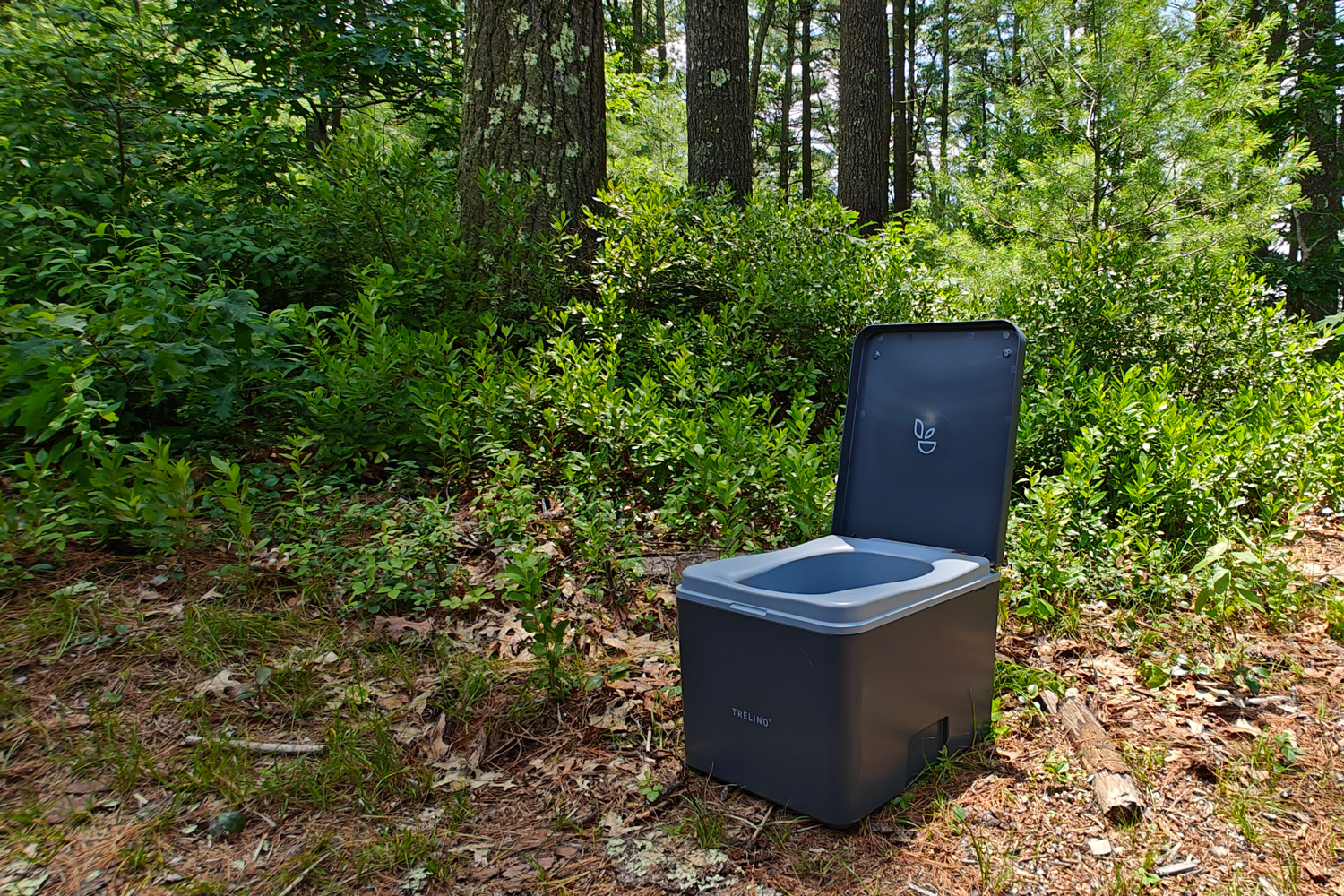
Designate your camp toilet in advance
Scrambling in the dark to find a suitable wilderness “bathroom” is no fun. You needn’t dig a hole in advance or build a bespoke campsite outhouse in the woods, but having a rough idea of which group of trees will be your unofficial bathroom is helpful to make midnight pee runs that much easier. It’s not as much of an issue for solo campers, but for couples or groups, it pays to make sure everyone is keeping their “business” in the same general area away from tents, food, your camping coolers full of beer, and the like.

Keep a ‘when nature calls’ kit nearby
It’s just a fact of camping: The second you’re tucked in all nice and warm and comfortable in your sleeping bag, you’ll need to pee or have a snack or double-check that your campfire is extinguished. Be prepared with a “when nature calls” kit. Most campers know to pack a flashlight, a good camping lantern, or a headlamp. But it’s worth keeping it handy at the entrance of your tent. That way, when nature calls or a bear comes sniffing around your campsite, you know exactly where it is so you can investigate. Add a pair of water shoes or outdoor sandals and a rainshell for good measure, too.
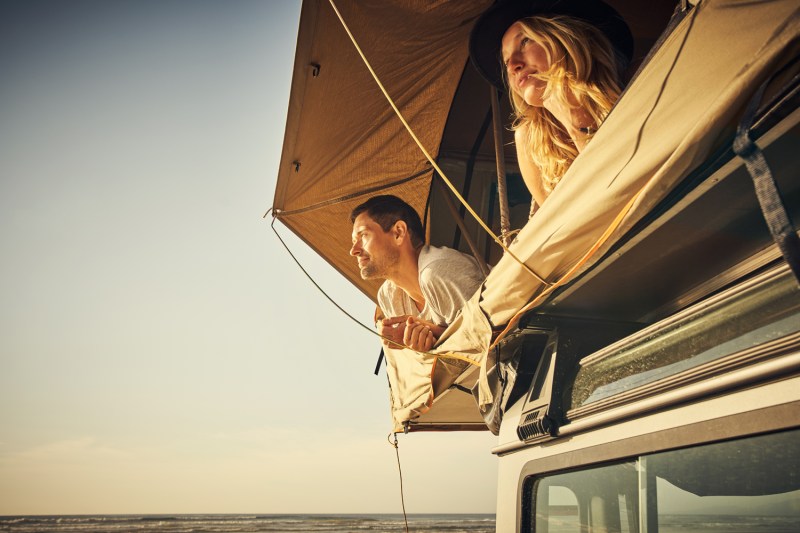
Just … relax
If you’re not accustomed to sleeping outdoors, the woods can be a surprisingly noisy place. Wind, rain, falling leaves, and even small critters make a lot more noise than you might expect. For light sleepers, earplugs or earbuds (with a few nature- or science-minded podcasts lined up) can help drown out the ambient noise. For everyone else, we recommend embracing — even meditating on — the sounds of the wilderness and the rare sense of quiet away from traffic, other people, and the constant hum of the things in your everyday life.



